World Ocean Day Begins Upstream: Defending the Fraser River
June 8th is World Ocean Day, a day connecting 2,000 organizations in 180 countries to inspire awe and create awareness for the world’s oceans and the key role they play in a stable climate. Swim Drink Fish and the Fraser Riverkeeper believe that to protect the oceans, concerned community members, environmentalists, and conservationists, we must first look upstream to the world’s rivers.
Rivers are the ocean’s lifeblood. Like veins in the human body, rivers carry vital nutrients, sediments, carbon and species into marine ecosystems. Rivers also regulate temperature and salinity of the oceans, two features already under threat during the climate crisis. Without rivers, oceans would, quite literally, starve.
Fraser River, the veins of British Columbia’s Lower Mainland by Naomi Devine
Stretching from the Rocky Mountains to the Salish Sea, the 1375 km Fraser River and its 220,000 square kilometers drainage area are one of the world's few remaining undammed large rivers. This is no accident: a concerted effort by Fisherman, First Nations, and environmentalists (and the heavy sediment rate) on both sides of the 49th parallel saved the river from being damned, in an era of power-hungry governments and industries.
But, like all rivers, Fraser is more than a static geographic feature. It is the life source for many of British Columbia's iconic species: 5 species of Pacific Salmon, White Sturgeon, and Steelhead Trout, to name only a few. Its fishery has supported large First Nations communities since time immemorial.
Flying Salmon by Naomi Devine
All of this life-giving power, however, is now under threat.
The river’s salmon are an indicator species for the health of both marine and freshwater ecosystems due to their miraculous lifestyle. When salmon suffer, these critical connections break down, putting the entire system out of balance. Alarmingly, fish stocks are at 5% of historic levels, with many salmon runs no longer existing.
Starting off in the gravel beds of the Fraser, salmon mature as “fry” in the river's calmer streams. They then become smolts and grow quickly before making their way downstream to the Pacific Ocean, before returning to the same spawning area where they were born. Some salmon even return to the exact same gravel bed. This journey, spanning hundreds and sometimes thousands of kilometres, connects the forest to the ocean, the mountain to the river, and the watershed to the tides of the Pacific Ocean.
Globally, river systems are being rapidly and substantially disrupted. The industrialized societies of recent centuries have treated rivers like “great public latrines”, dumping grounds for the undesirable externalities created by the great factories dragging humanity forward. The world’s 800,000 dams disrupt the flow of many of the world’s rivers. Justified as cheap, “clean” sources of renewable power, dams were often built without proper consideration or consultation of the massive and irreparable damage caused by flooding such as mercury poisoning in local communities, massive losses of arable land, and devastating impacts on migratory and local ecosystems.
Despite these grave challenges to the Fraser, hope flows eternally through the world’s rivers. The world over, rivers once thought to be dead, are being clawed back to life. Community members on the banks of the Hudson River in New York City, the Thames in London, and the Seine in Paris have fought to restore their rivers. Whales have been seen on the Hudson, swimmers are plunging into the Seine, and wildlife is returning to the once “biologically dead” Thames. Times have changed, rivers are no longer dumping grounds for cities' waste and book balancers for industries looking to cut costs.
On World Ocean Day, we invite you to join this global movement and help Fraser Riverkeeper fight for the Fraser.
It’s time to listen to the Indigenous Nations that have lived sustainably with the Fraser for millenia. Fraser Riverkeeper, in collaboration with the Indigenous Stewardship Fund are launching the Fraser Watershed 30x30 challenge, a 6 year long community-building campaign working to protect 30% of the watershed by 2030.
30×30 art by Naomi Devine





